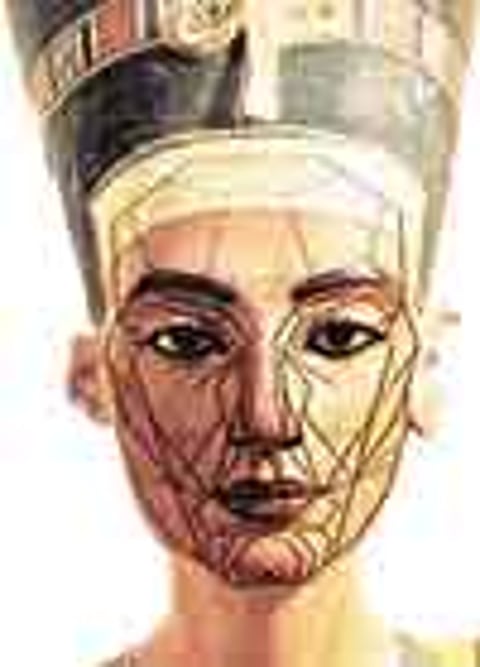- Measuring beauty in humans is a daunting task. But scientists have tried. Studies show that a typical, attractive female face possesses features like a shorter, narrower, lower jaw, fuller lips and larger eyes than an average face. These indicate higher oestrogen production. The 'masculine' face, in contrast, possesses more extreme testosterone markers like a long, broad, lower jaw, with more pronounced brow ridges and cheekbones. Interestingly, women's preferences are said to vary across the menstrual phase. A more masculine face is preferred during the nine days prior to ovulation.
Are You Beautiful?

- Research also shows that what we find attractive are indicators of health and fertility. So characteristics that are most admired are symmetry in features, glowing skin, shiny eyes, gleaming hair, proportioned body. But can the concept of beauty differ over cultures? Not too much. For example, men might prefer slim women in some cultures and go for fuller figures in others, but according to Devendra Singh, professor at the University of Texas at Austin, the ideal hip-to-waist ratio is 0.7, which indicates a woman's potential to deliver healthy babies. Thus the whole cosmetic industry is geared to provide us with ways to look more healthy and fertile, from 'Face Glow' packs to liposuction for a better hip-waist ratio.

- Another study by Dr Lisa DeBruine at McMaster University in Canada saw a majority of the 144 participants indicate that they "trusted" people with similar facial features but when it came to sexual attraction, most picked those with differing facial characteristics. The results suggest that people steer clear of those who look like family to avoid inbreeding.
- Then there is Dr Stephen Marquardt, a former plastic surgeon, who has constructed the 'Phi Mask'. Phi stands for the numerical value 1.618 that reappears constantly in nature, from the angle of leaf stems to the plant or spirals found in flowers, pineapples and mollusc shells. It is also constantly used in art, for example in Leonardo da Vinci's 'The Vetruvian Man'. Dr Marquardt used this golden ratio to form a digital face mask. The mask, he claims, is the most beautiful shape a human face can have.
Published At:
Tags